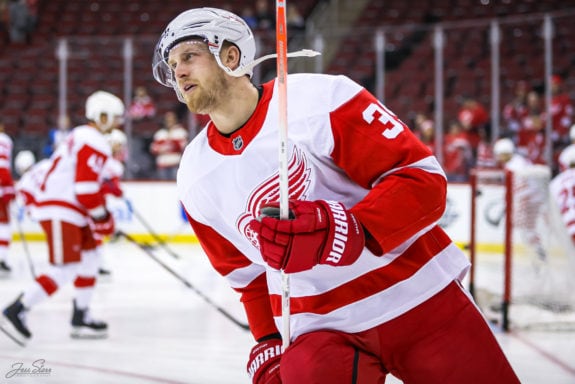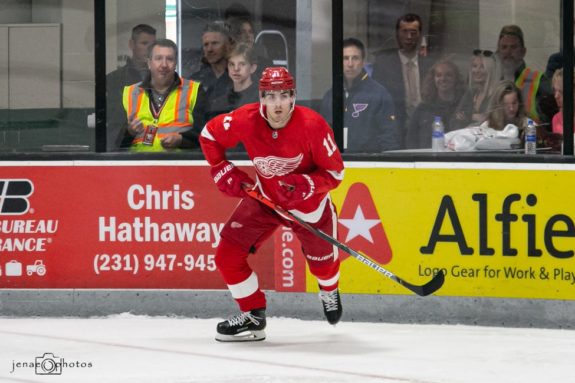The NHL was hit with a wave of optimism when it was revealed that the projections for next season’s salary cap fall between $84 million to $88.2 million.
For some teams, a salary cup increase like this means more financial room to lure high-end free agents in the summer. Other teams will see the increase as a needed boost in order to give new contracts to their own players. For a team like the Detroit Red Wings, this news comes with many short-term and long-term impacts.
Related: Marcel Pronovost – Red Wings’ Underrated Star
For years, the Red Wings have been pressed hard against the cap. While it was fine and understandable during their days as contenders, recent years have seen them sink to the bottom of the league standings. When a team is spending that much for a team this bad, it’s not a good look.
Instant Relief
The Red Wings have many contracts coming off the books at the end of the season, creating a financial breathing room the team hasn’t had in a long time. Given the low-end of the salary-cap projection, the Red Wings would have $38.6 million in cap space to play with.

Given the restricted free-agent (RFA) status of players like Anthony Mantha and Tyler Bertuzzi, the Red Wings are surely going to dip into some of that cap space. However, once they have secured the services of the players they’d like to keep, the Red Wings should still have anywhere from $15 million to $20 million in cap space.
Related: NHL Players Are Planning For a Lockout
The deals signed this offseason with the team’s RFAs will go a long way to determining how much cap space the organization will have and for how long. Luckily, it seems like the Red Wings can afford to splurge on their own players a bit and not get too bogged down because of it.
Using Salary Cap Space in a Rebuild
In recent years, rebuilding teams have begun weaponizing their financial resources. For instance, the Toronto Maple Leafs were able to accumulate future assets in the mid-2010s by taking on overpriced contracts. When a rebuilding team has the money to spend, they should find creative ways of doing so.
For the Red Wings, the team shouldn’t be too involved in free agency this offseason. They will likely need a goalie, but anything beyond that is purely discretionary. Therefore, the organization should flex their newfound salary cap space. After all, it wasn’t even a year ago that the Maple Leafs gave the Carolina Hurricanes a first-round pick just to rid themselves of Patrick Marleau’s albatross deal.

For example, the Red Wings could look to the Vancouver Canucks and offer them the opportunity to rid themselves of Loui Eriksson’s contract, providing them with salary cap relief they desperately need this offseason. The Red Wings could seek a pretty penny in return for absorbing Eriksson’s deal.
Plan For the Future
The salary cap is rarely stagnant from year to year. Theoretically, the cap is going to be close to, if not past $100 million by the time the Red Wings’ rebuild is coming to an end. With that in mind, they have the opportunity to shape their long-term financial health this offseason.
As the team’s youth begins to take over on the ice, they’ll eventually need big-boy contracts to match their contributions. That is why it is essential that anything the Red Wings do in terms of adding payroll shouldn’t be out of control in terms of years or dollars. If the Red Wings are going to absorb terrible contracts for other teams, that’s fine as long as that team is compensating the Red Wings well.
With players like Filip Zadina and Filip Hronek marching towards the end of their rookie deals, the Red Wings need to take the rising salary cap as a gift, but not for granted.

For the first time in a long while, the team’s salary cap picture is going to be a pleasant one. They must appreciate it, utilize it and maintain it.